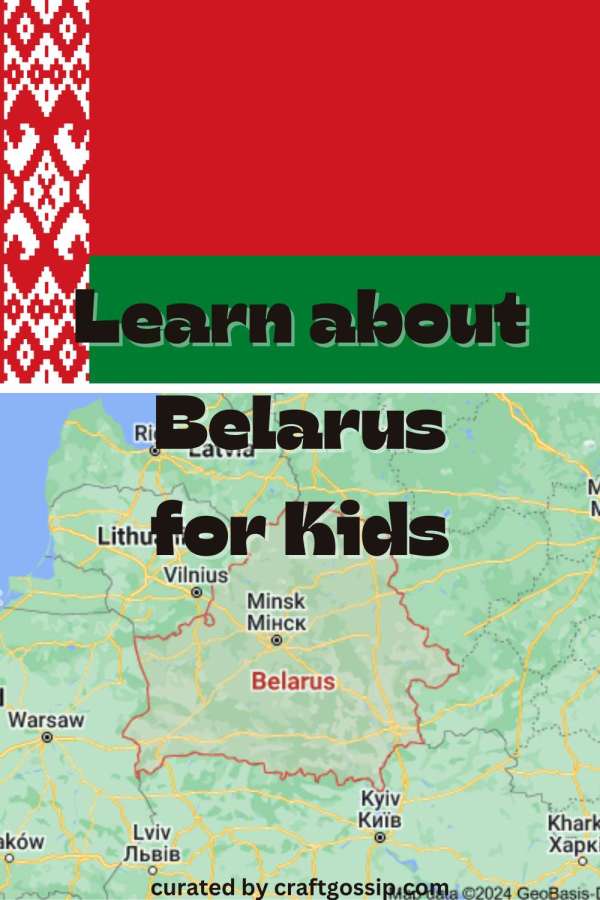 Belarus is a landlocked country in Eastern Europe bordered by Russia, Ukraine, Poland, Lithuania and Latvia. Formally the Republic of Belarus, it was part of the Soviet Union and officially gained its independence in 1991.
Belarus is a landlocked country in Eastern Europe bordered by Russia, Ukraine, Poland, Lithuania and Latvia. Formally the Republic of Belarus, it was part of the Soviet Union and officially gained its independence in 1991.
The country has held one free election since then and its president, Alexander Lukashenko, has been in power since 1994.
Belarus Basics
Belarus is about 80,200 square miles (207,600 square kilometers) and has a population of 9.1 million people. Minsk is both the capital and the largest city. The nation is about 85 percent ethnically Belarusian, and both Belarusian and Russian are used as official languages.
The name Belarus is derived from Belaya Rus’ or White Rus (also sometimes changed to White Russia), which was an old historical division of the region (there were also black and red sections). It’s a land that has seen a lot of conflict, including invasion by the Huns (who were unable to uproot the Slavs who already lived there) and great losses during World War II.
Belarus National Symbols
The Belarus flag is one of my favorites so far because of the cool red and white design on the left side of the flag, which reminds me of knitting. The rest of the flag is mostly red with a green stripe along the bottom. The design is a modification of the flag used when the country was a republic of the Soviet Union.
The red stripe is said to be inspired by the Soviet Union’s flag. The decorative pattern represents plants and flowers of the nation and was designed by Matrona Markevich. These types of designs are sometimes woven into woven garments and in particular ceremonial cloths used for religious and funeral services, as well as less formal occasions. Traditionally guests should be offered bread and salt on one of these cloths. The flag is meant to be attached to flagpoles that are painted gold.
The national anthem, informally known as “My Belarusy,” was originally written in the 1940s, though new lyrics were approved in 2022.
[youtube https://www.youtube.com/watch?v=q6RbauVizBk?si=eksp_ddVbbsvoV_K]
Other unofficial symbols include the wisent, or European bison, which is found in the Belavezha Forest on the border of Belarus and Poland. Learn more about the decline (they went extinct in the wild in the 1920s) and recovery of these animals in this video from Mossy Earth. The white stork is noted as the national bird of Belarus, and the Cross of Saint Euphrosyne, a relic of the Orthodox Church in Belarus that disappeared during World War II, is considered a national treasure.
Belarus Activities for Kids
Find clip art, bulletin board decor, slides, worksheets and more related to Belarus to boost your study of the country on Teachers Pay Teachers. You can also find some facts and activity sheets at Activity Village, and learn about the music, language and more of Belarus through this video from All Around this World. Here you’ll also learn about Kupalle, the traditional summer solstice celebration, which you can learn more about here.
Learn more about the tradition of giving bread and salt to guests, and try it the next time someone comes to visit you. Serve it on a special cloth to make it more like you’re in Belarus!
Speaking of food, you might also want to try the national dish, draniki, a potato pancake also popular in Ukraine. Grab a recipe from The Foreign Fork and give this treat a try.
Learn more about Gorky Park, and design your own Ferris wheel on paper, or try your hand at making your own out of cardboard with these plans from Instructables.
Check out the beautiful Mir Castle, a 16th-century fortification and UNESCO World Heritage Site. At this page you can learn the history of the complex, and you can learn more and see photos and videos at the castle’s website.





Leave a Reply